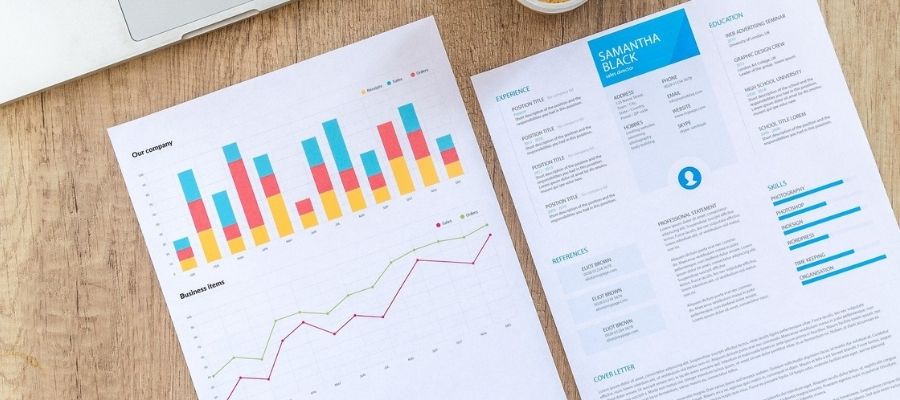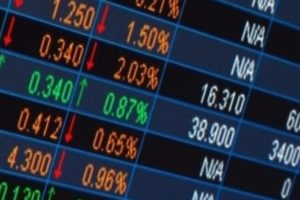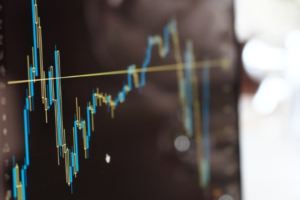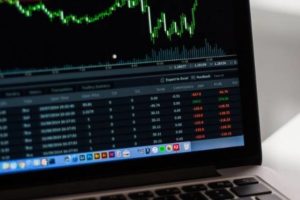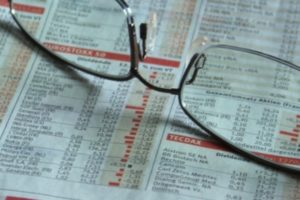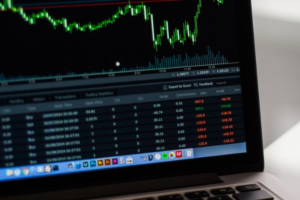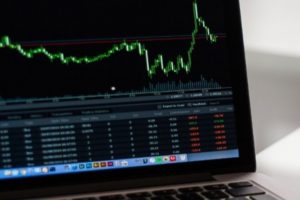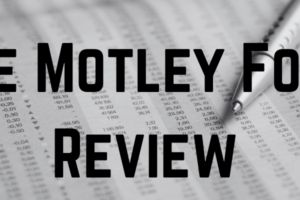My dad told me I had to buy BPs shares given they’re paying a 6% dividend and is a rock-solid stock. Two months later, it’s down to a low of 236pence, and now that rock-solid dividend has been cut. While it still represents a nearly 5% dividend yield, with the stock currently trading at around 300pence, this would have been a terrible buy. So how do you find the best dividend-paying shares while protecting your fortune in the meantime?
Dividends
When a company makes a profit, they have two choices, re-invest the profit into the business, or pay a dividend to those who own shares in the company. Typically, dividends are paid on a per-share basis, monthly, quarterly, semi-annual, or annual. For example, imagine you owned 1,000 shares of a company, and the dividend is 75p a year. This would mean the dividend that you would receive would be £750 that year.
Remember, a company does not have to pay a dividend. They can choose to re-invest the profits back into the company in the search for growth. A company that does pay dividends means one of two things: they are in a robust financial position and want to reward their shareholders, or they can’t find anything to do with that money and would prefer to return it to investors tax-free.
While there will be no tax for the company paying dividends, as an investor in the UK, you’re allowed to receive £2,000 per year of dividends tax-free before you have to pay any income tax. Picking stocks that will provide a good dividend and at least maintain your capital is not rocket science, but you should be aware of a few things before you start buying.
Warning Zones
Typically, there are two warning zones that you need to be aware of before start buying. A company paying less than a 2% dividend is not worth taking the risk of buying if you’re focusing on Dividends. You may as well buy the FTSE100, which is currently paying 3.1% and a diversified portfolio with the least risk possible. On the same token, companies paying more than 5% should be a warning to any investor.
Generally, if a company is paying 6%, it’s because of one of two reasons. Either the share price has recently collapsed, or the company is struggling to make money and having to pay an abnormally high dividend yield to hold onto investors.
The sweet spot of the Dividend Yield is in the 3-5% range.
Free Cash Flow
Once you have found a potential company, you need to understand whether they can actually afford to pay for their dividend each quarter. It’s all very well for a company to be paying a 6% dividend yield, but if they cannot afford it because they are not generating enough raw cash, that dividend will not last for long.
To understand whether a company can afford its dividend, you need to look at its Earnings per Share (EPS) and ensure that it’s more than its Dividend Per Share (DPS). If a company makes 20pence per share but pays out 30pence per share in dividends, that high dividend yield will not last long.
If you want to take this a step further, it is a great idea to work out its Free Cash Flow (FCF). The problem with earnings is that they can be manipulated to look better than it is. Free cash flow is much harder to manipulate and, therefore, will give you a much better idea of whether a company is the cash flow to pay its dividend. Generally, you’re looking for a free cash flow is covering the dividend by at least about 1.5 times.
How Long Has the Company Been Paying a Dividend Yield
This is very important when it comes to your retirement fund. You’re looking for a company with a history of paying dividend yields. If a company has only been paying their dividend for 12 months, it could quite easily be something they will cut during the next down-turn or when they want to expand.
What you’re looking for is a company that has been paying a dividend over a long period. In the UK, these are called UK Dividend Aristocrats, which companies have been paying a dividend and increasing it each year over the last ten years. Today, this list is 40 companies deep in the UK, however, the US also has an aristocrats list, however, it works slightly differently. In the US, companies must be in the S&P 500 and have steadily increased dividends for at least 25 years.
Pensions
Of the many reasons why a company decides to cut their dividend, the biggest reason is a pension deficit, however this is only something that has come to light in the last five or ten years. In the past, companies had no problems paying into their pension program. Still, recently there has been a spate of companies having to cut dividends to drastically improve their pension programs.
The problem with pension plans is that because of a fall in corporate bond yields, linked to the cuts in interest rates since the 2008 financial crisis, they are generating less growth, and this, in conjunction with the fact that people are living longer, has meant that employers’ pension liabilities have ballooned to £628 billion, far more than the £582 billion of assets they hold in their schemes across the UK. It’s also a problem as companies with large deficits may start to see regulatory pressure on their dividend policy, further highlighting the problem.
Fixed Costs
High fixed costs are something that you don’t want to see when you’re looking at a company’s dividend potential for the future. As an example, a company with a lot of debt or fixed cost commitments could be a real problem for the dividend.
In most cases, companies will have some debt as this can lead to tax benefits, but you want to make sure a company that your investing in can easily cover the cost of its debt. Remember, debt comes before Dividend payments, so if a company needs to pay a debt, the first thing that will go is your dividend.
On the same token, other examples of fixed costs that companies will sacrifice a dividend payment include shop rent for a retailer. If the company is paying leaseholds, that lease will be paid before any dividend. As a result, if the company is paying 30p of its 90p earnings on debt or leaseholds and you’re getting a 25p dividend, your dividend could be in trouble if earnings were set to fall 50% due to an economic crisis.
Sectors
Some sectors are just better and more suited to paying a dividend than others. Take a Utility company such as United Utilities in the UK. It’s the largest water company in the UK and has been paying a dividend since 1992.
It’s part of the UK’s Aristocrat list given its pays a regular dividend of about 4% while growing at about 3% each. It’s an easy business model and an easy dividend to predict long into the future. The same cannot be said for all companies. Take a cyclical industry such as fashion that is sensitive to designing the latest fashion while avoiding economic downturns. In the good times, they are riding, but in the bad times, they’re rock bottom, either fighting to survive or going out of business, none of which is good for your dividend payment.
Similarly, on that note, I would also look at whether the company is growing their dividend or has it been static for a long period. While a stagnant dividend is not necessarily a bad thing, you don’t want to see either a decreasing dividend or a dividend paid by issuing shares each year, as this will not be sustainable over the long term.
Final Thoughts
When a company stops paying a dividend, it usually co-insides with a decrease in share price. For an investor, this means not only a loss of income but also principal capital. Find the right dividend-paying share means time and research, but don’t fall into the trap of running searches for high yield companies. You need to do your research and really try and understand the company, its culture and its commitment to paying its dividend.
Remember, a company that pays a small dividend that grows over time is much better than a significant dividend cut or decrease. I would also note that some companies pay a small dividend and a special dividend depending on how much cash they make each year.
